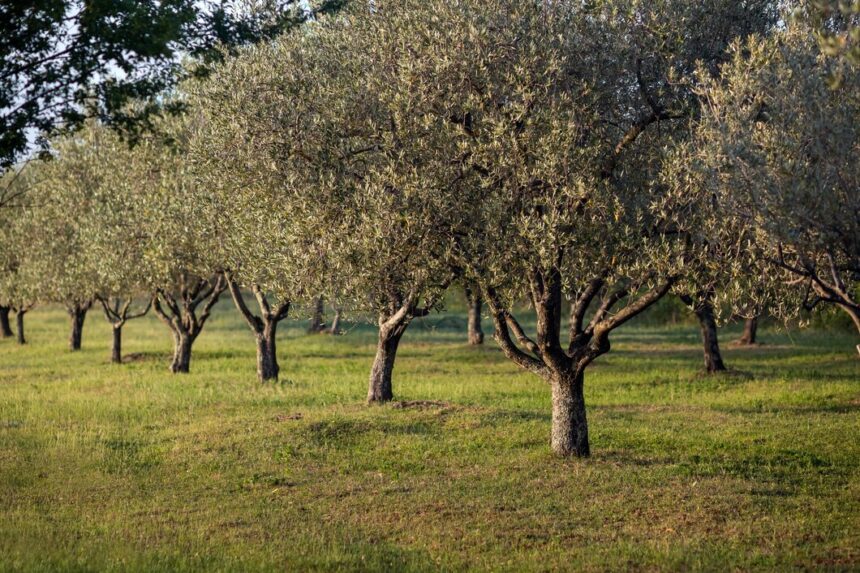Olive knot disease, caused by the bacterium Pseudomonas savastanoi, is a significant concern for olive growers worldwide, impacting both yield and fruit quality. Early detection of olive knot disease is crucial to implementing timely management strategies. Here are ten early signs to watch for that may indicate your olives have olive knot disease:
- Galls or Tumors on Branches: Look for the formation of galls or tumors on olive tree branches. These swellings are typically irregular in shape, often green at first but turning brown or black with age.
- Blisters or Lesions on Leaves: Check for blister-like lesions on olive leaves, especially along the veins. These lesions may initially appear water-soaked and can later dry out and turn brown.
- Excessive Shoot Growth: Notice an increase in shoot growth or the appearance of “witches’ brooms” (dense clusters of shoots) on affected branches. This abnormal growth is a common symptom of olive knot disease.
- Soft, Spongy Tissue: When cut open, galls or knots on branches may reveal soft, spongy tissue inside. This tissue is often discolored and may contain bacterial ooze when squeezed.
- Leaf Yellowing and Wilting: Leaves on infected branches may exhibit yellowing, wilting, or premature defoliation. This occurs as the disease progresses and affects the tree’s ability to transport water and nutrients.
- Bacterial Ooze: Look for the presence of bacterial ooze on knots or galls when conditions are humid or after rain. This ooze is a milky-white to yellowish substance exuded by the bacteria and indicates active infection.
- Reduced Fruit Production: Infected olive trees may produce fewer fruits or exhibit fruit drop due to the stress caused by olive knot disease. The quality of remaining fruits may also be compromised.
- Sunken Lesions on Fruit: Occasionally, olive fruits may develop sunken lesions or spots caused by the bacteria entering through wounds or natural openings. These lesions may ooze bacterial exudate under humid conditions.
- Branch Dieback: Notice any sections of branches or entire branches that show dieback symptoms, where the leaves dry out and fall prematurely. This is a severe symptom indicating advanced stages of infection.
- General Tree Decline: Overall decline in tree vigor, including reduced growth, sparse foliage, and stunted development, can be indicative of olive knot disease affecting the entire tree’s health.
Management and Prevention
To manage olive knot disease effectively, consider these strategies:
- Sanitation: Prune and remove infected branches and galls promptly to reduce bacterial inoculum.
- Cultural Practices: Avoid wounds during pruning and manage irrigation to reduce humidity levels that favor bacterial growth.
- Chemical Control: Apply copper-based bactericides or other recommended antibiotics during early stages of infection.
- Resistant Varieties: Plant olive cultivars known to exhibit resistance or tolerance to olive knot disease.
- Monitoring: Regularly inspect trees for early signs of infection and implement control measures promptly.
Early detection and proactive management are crucial in preventing the spread of olive knot disease and minimizing its impact on olive orchards. By monitoring for these early signs and adopting appropriate management practices, olive growers can protect their trees and optimize fruit production.
Join 'Farmers Mag' WhatsApp Channel
Get the latest Farming news and tips delivered straight to your WhatsApp
CLICK HERE TO JOIN






